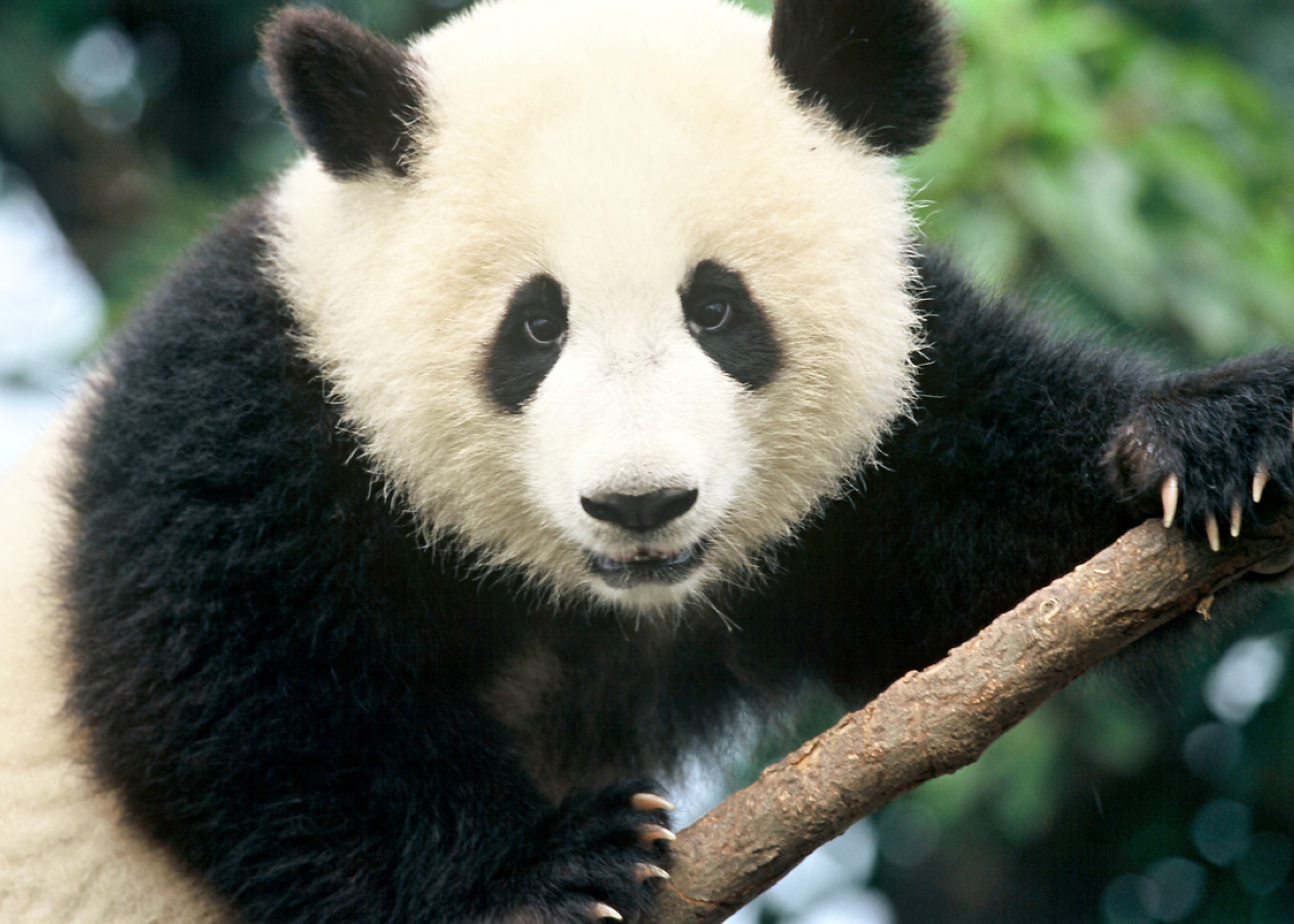Digital and sustainable – why WWF chose Kivra
The World Wildlife Fund (WWF) depends on public donations to carry out its mission to protect nature and wildlife. Reaching people in a relevant, cost-efficient, and environmentally responsible way is essential — which made Kivra a natural choice.
Photo: Michel Gunther / WWF

A thoughtful step into the digital space
Sometimes you have to be brave to move forward,” says Marie Allvin, Project Manager at WWF.
As more donors began asking for digital communication, WWF wanted to meet that demand — while still caring for those who prefer traditional mail. Through dialogue and test mailings, they took the step to send fundraising letters via Kivra. The response was overwhelmingly positive.
Smarter communication, real impact
Beyond saving on postage and printing, Kivra gives WWF better control and insight into their communication. They can track engagement, see how many people open their messages, and choose exactly when to send them.
With Kivra, we can reach our donors quickly and precisely. It gives us a flexibility that paper mail simply can’t match, says Marie Allvin.
Strengthening relationships – sustainably
Encouraged by the results, WWF is now exploring new ways to use Kivra — such as sending digital membership invoices and adding Swish as a payment option directly in the app.
Kivra helps us meet our donors where they are — in a sustainable way. It strengthens both our relationships and our fundraising, Marie concludes.

About World Wildlife Fund WWF
Since their founding in 1961, WWF has been committed to protecting nature and its resources. They understand that nature is our planet’s greatest asset, intrinsically linked to human survival — and that it needs our help. Their work to reverse nature loss and conserve biodiversity has never been more urgent.
As the world’s leading conservation organization—with offices on six continents and in nearly 100 countries—our global reach includes the world’s most critical forests, river systems, wetlands, savannas, and ocean habitats. By conserving these places and supporting sustainable livelihoods within them, we can keep the Earth in balance for people, wildlife, and the planet.
Photo: Germund Sellgren / WWF-Sweden